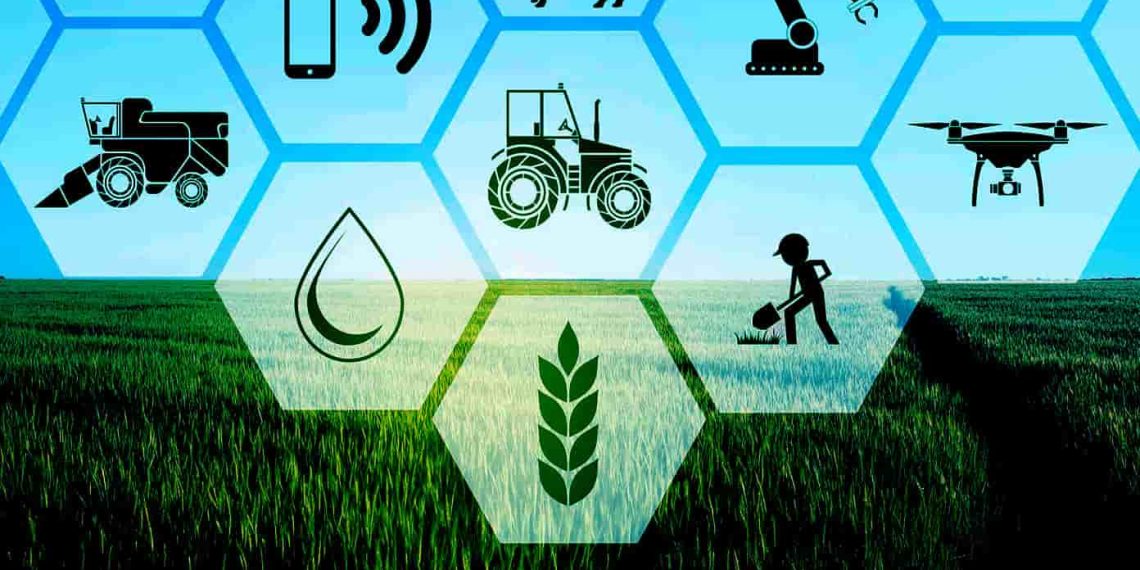The evolution of the agriculture industry has been a gradual process that has played a crucial role in shaping human civilization. From the earliest days of human history, when our ancestors first began to cultivate crops and domesticate animals, to the present day, when technology is rapidly transforming the way we grow food, the agriculture industry has undergone many significant changes.
The earliest form of agriculture, known as subsistence agriculture, was characterized by small-scale farming, low yields, and a lack of specialization. This type of agriculture was based on simple tools such as hoes and digging sticks, and relied heavily on human and animal labor. Over time, as human populations began to grow and settle in one place, subsistence agriculture gave way to more intensive forms of farming, such as irrigation and terrace farming. These innovations allowed for higher yields and the cultivation of a wider variety of crops, which in turn led to the development of more complex societies.
The industrial revolution of the 18th and 19th centuries brought about many new technological innovations that had a profound impact on the agriculture industry. The invention of the steam engine and the mechanization of farm equipment led to a dramatic increase in productivity and efficiency, allowing farmers to produce more food on less land. The introduction of chemical fertilizers and pesticides also played a significant role in increasing crop yields.
In the 20th century, the Green Revolution brought about a new era of high-yield crop varieties, irrigation systems, and chemical inputs, which allowed farmers to produce more food than ever before. However, the Green Revolution also had negative consequences, such as soil degradation, water scarcity, and increased dependence on fossil fuels.
Today, the agriculture industry is facing new challenges such as climate change, population growth, and food security. In response, the industry is turning to new technologies such as precision agriculture, vertical farming, and gene editing to increase yields and decrease the environmental impact of farming.
Precision agriculture uses a combination of technologies such as GPS, sensors, and drones to collect data on crop growth, soil conditions, and weather patterns. This data is analyzed to optimize planting, fertilization, and harvesting, and to reduce the use of resources such as water and fertilizers.
Vertical farming, which involves growing crops in stacked layers in controlled environments, such as greenhouses or warehouses, allows for year-round crop growth and can reduce water and energy use while increasing yields.
Gene editing, a form of biotechnology, allows scientists to make precise changes to the DNA of crops to improve their resistance to pests and diseases, increase yields, and improve nutritional content.
In addition, there are new sustainable farming practices such as agroforestry, regenerative agriculture and conservation agriculture, which focus on improving soil health, increasing biodiversity and reducing the environmental impact of agriculture.
In conclusion, the evolution of the agriculture industry has been shaped by technological advancements, population growth, and societal demands. From the earliest forms of subsistence agriculture to the high-tech, sustainable farming practices of today, the agriculture industry has undergone many changes and will continue to evolve in response to new challenges and opportunities. However, it is important to consider the potential impact of these new technologies and farming practices on the environment, economy and society.



